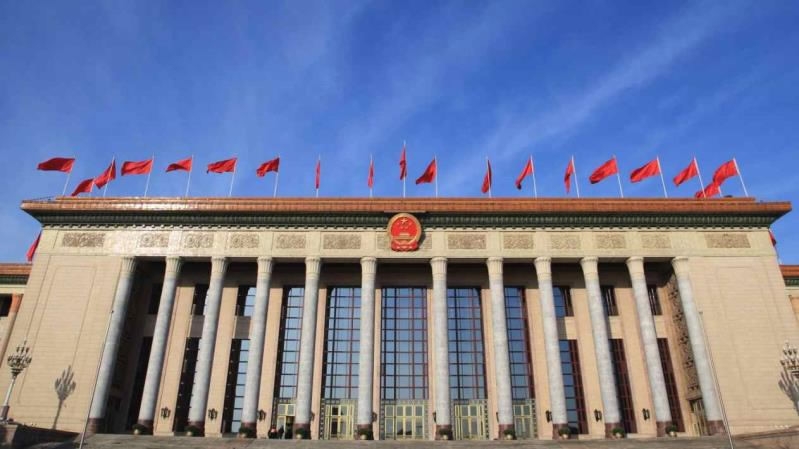
Politics
21:26, 20-Oct-2017
How does 'democratic centralism' work?
By CGTN’s Closer to China with Robert.L.Kuhn

The leadership of the Communist Party of China follows the principle of “democratic centralism". The two concepts – democracy and centralism – can sound contradictory. CGTN's R.L. Kuhn spoke with Li Junru, former Vice President of Central Party School, to understand his view. Below are Li's condensed thoughts.
On how the system works:
“The fundamental system of the Party is democratic centralism, which emphasizes both democracy and centralism. We pursue the goal of combining the two systems together, which neither overstresses democracy to suppress centralism, nor the other way around."
On how the concept came about:
"We’ve had lessons on this issue in CPC history. In the 7th Party Congress of the Red Army, Mao Zedong, CPC Secretary, and Zhu De, Commander in Chief of the army, had different opinions. Cadres within the Party also separated into two factions.
Both Mao and Zhu were invited to fully present their arguments. Mao proposed that there should be not only democracy but also centralism in the Party. While Zhu believed that: first, the Red Army was still essentially an army troop. Its mission was to fight wars. So it should not necessarily accept the Party leadership; second, we should respect the opinion of every individual to promote full democracy. So Mao’s idea was negated. Mao later left the army for health reasons. Then, at the 8th Party Congress, Zhu De convened the meeting and it lasted for three days without reaching any single consensus or making any decisions. He felt that his proposition did not really work.
At the 9th Party Congress, also known as the famous Gutian Conference, the Party Central Committee in Shanghai under the leadership of Zhou Enlai pointed out a serious issue in the Fourth Front of the Red Army. Mao was right. So Zhou Enlai asked Chen Yi to invite Mao back.
When he returned, Mao confessed that he had a bad temper and failed to gain the people’s understanding because of his blunt language. Now that the Central Committee had a decision, the Party should earnestly carry out the principle of democracy and centralism at the same time. The Party confirmed at the Gutian Conference this new mechanism of centralism based on democracy and democracy under the guidance of centralism, with the two principles fully integrated.
Looking back to the Red Army’s history, we will understand that the past understanding of democracy is that everybody voices his opinion and has the right to be the master. But without consensus, there will be no decision or resolution, which is detrimental to the troops and can cause the demise of the group."
Defining the organization of the system:
"In Yan’an, the incident with Zhang Guotao again helped us further specify the definition of democratic centralism. That is, individual Party members are subordinate to the Party organization, the minority is subordinate to the majority, the lower Party organizations are subordinate to the higher Party organizations, and all the constituent organizations and members of the Party are subordinate to the National Congress and the Central Committee of the Party, where both democracy and centralism are advocated.
The Party Charter also stipulates that if individuals hold different opinions, they can keep the differences to themselves but must obey the Party’s decision in action. If they have advice for the local organizations, they can approach the Party Central Committee to exercise their right to express or right of petition. But in order to guarantee the success of the revolution, the whole Party must be highly centralized and unified, hence the system that combines and integrates democracy and centralism."
How the system plays out today:
"Today, we adhere to this fundamental principle of democratic centralism. Within the leading group, democratic centralism is embodied through collective leadership and collective decision making. Every member of the leadership has his or her right to express opinions, but the final decision will accord with the consensus reached by the group. Individuals can keep their opinions to themselves, but have to honor the collective decision.
The core plays his role by pooling the opinions of the individuals, analyzing and differentiating the opinions, and arguing for his own propositions. This is so that the Party can come up with a science-based decision in the interest of the group more quickly and guarantee that what is decided can lead to ultimate success. The core is confirmed upon the principle of democratic centralism and collective leadership. Its existence guarantees that the system is both democratic and centralized through collective leadership.”

SITEMAP
Copyright © 2018 CGTN. Beijing ICP prepared NO.16065310-3
Copyright © 2018 CGTN. Beijing ICP prepared NO.16065310-3